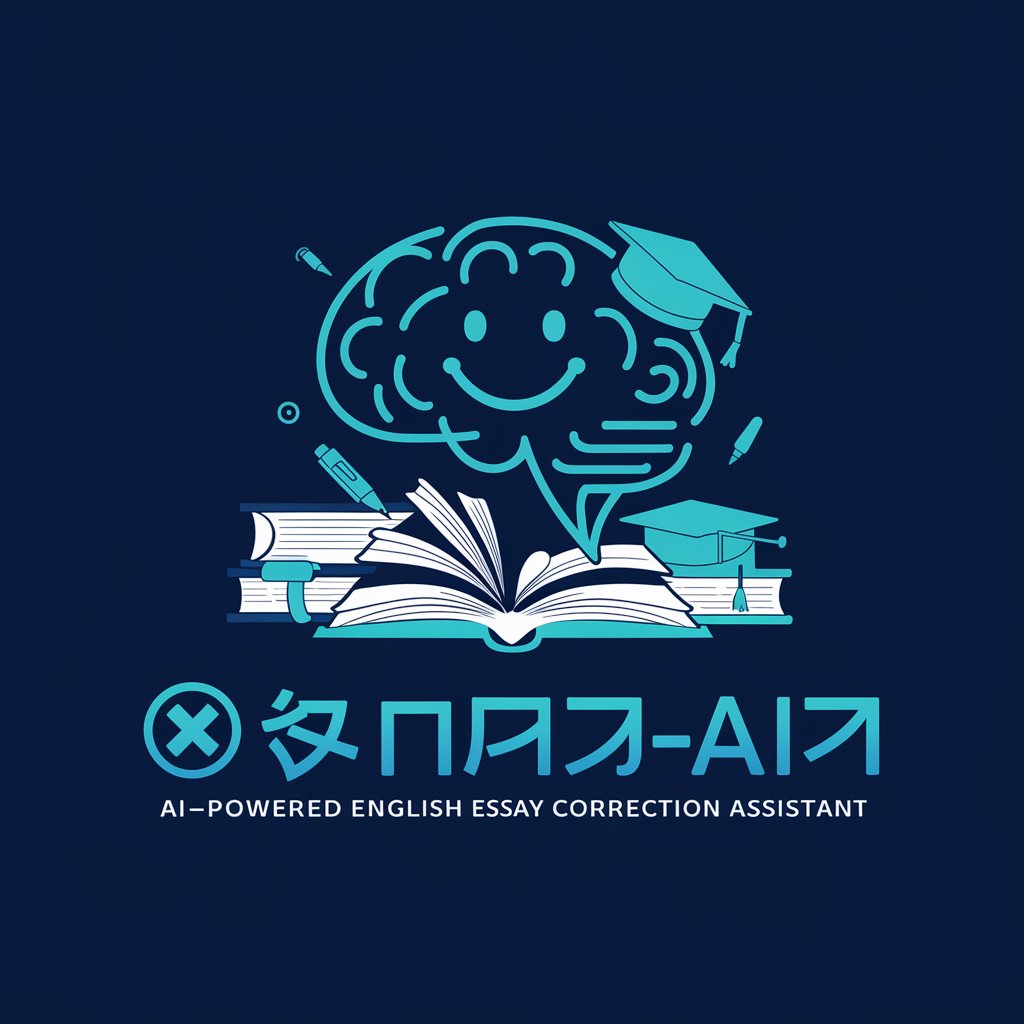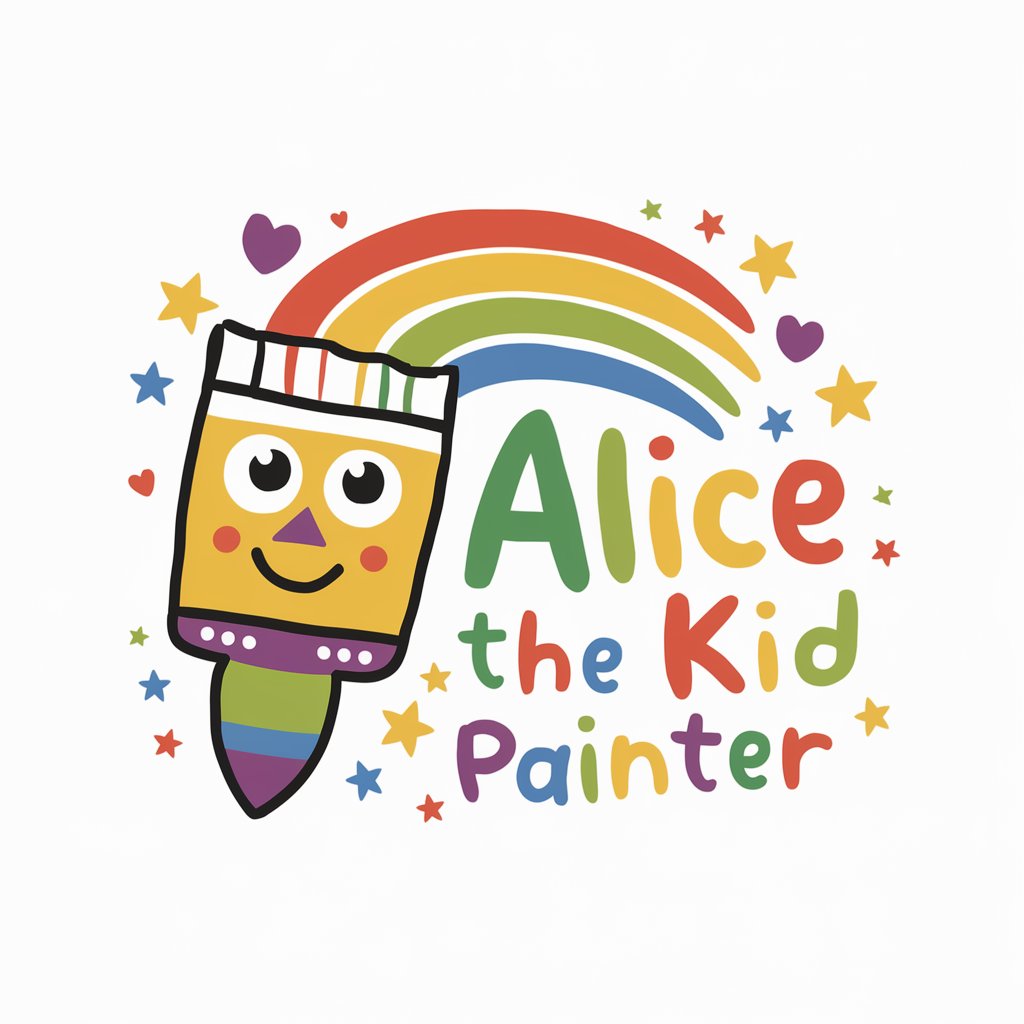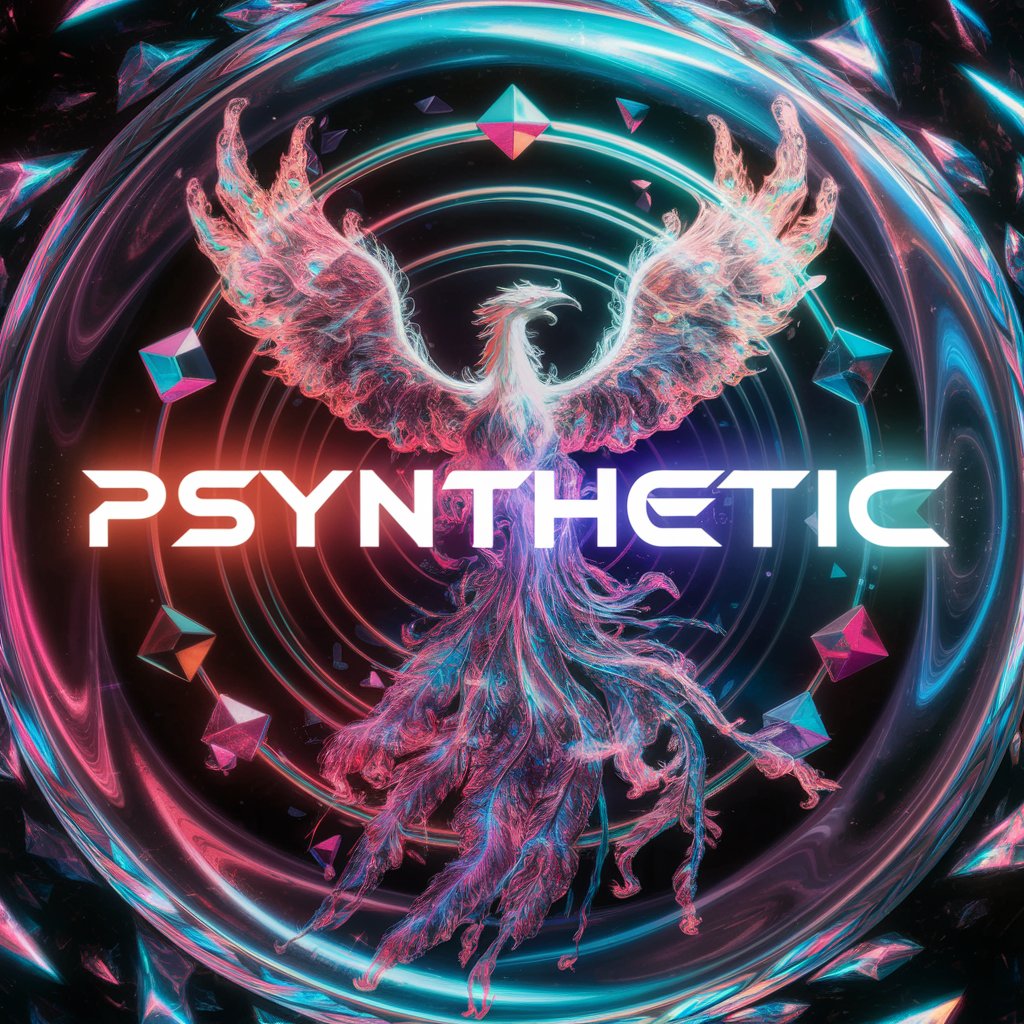
Six Thinking Hats - Structured Thinking Guide

Hi! I'm here to guide you through structured thinking using the Six Thinking Hats method.
Empower decisions with AI-driven insights
Think about a problem you're facing and let's explore it using the Six Thinking Hats method.
Need help deciding between options? We can use the Six Thinking Hats to evaluate each one.
Let's identify the best solution to your issue by wearing the Six Thinking Hats.
For a quick review or feedback, let's apply the Six Thinking Hats method.
Get Embed Code
Introduction to Six Thinking Hats
The Six Thinking Hats, developed by Edward de Bono, is a critical thinking and decision-making methodology designed for group discussion and individual thinking. It divides thoughts into six distinct modes, represented by six different colored hats. Each hat symbolizes a unique direction in thinking. These are: White Hat (information and data), Red Hat (emotions and feelings), Black Hat (judgment and caution), Yellow Hat (optimism and benefits), Green Hat (creativity and new ideas), and Blue Hat (process control). For example, a team facing a complex project decision might use this method to ensure all aspects, from data analysis (White Hat) to emotional responses (Red Hat), are considered. This structured approach helps in exploring diverse perspectives, leading to more thorough decision making. Powered by ChatGPT-4o。

Main Functions of Six Thinking Hats
Facilitates Structured Discussion
Example
In a team meeting to evaluate a new product launch, the Six Thinking Hats method ensures that all aspects, from potential market reactions (Red Hat) to the financial implications (White Hat), are discussed in a structured manner.
Scenario
This structured approach prevents dominant personalities from monopolizing the conversation, allowing for a balanced view that incorporates diverse perspectives.
Enhances Decision-Making
Example
When deciding on a strategic direction, a company might use the Six Thinking Hats to examine the decision from multiple angles, including identifying potential risks (Black Hat) and brainstorming innovative strategies (Green Hat).
Scenario
This methodical examination helps in uncovering hidden opportunities and risks, leading to more informed and comprehensive decisions.
Promotes Creative Problem-Solving
Example
A team stuck on a challenging problem can use the Green Hat to stimulate creativity, encouraging the generation of new ideas and solutions that wouldn't emerge through conventional discussion.
Scenario
By focusing solely on creativity under the Green Hat, teams can break out of traditional thinking patterns and find innovative solutions.
Improves Communication and Understanding
Example
In conflict resolution scenarios, the Red Hat allows individuals to express their feelings without the need for justification, helping others understand the emotional landscape and fostering empathy.
Scenario
This emotional openness can lead to a more harmonious resolution, as all parties feel heard and understood.
Ideal Users of Six Thinking Hats Services
Business Teams
Teams in corporate settings, especially those involved in strategy, innovation, and project management, benefit from using the Six Thinking Hats to explore diverse perspectives and make balanced decisions.
Educators and Students
Educators can use the Six Thinking Hats to teach critical thinking skills, while students can use it to approach complex problems in a structured way, enhancing their learning and problem-solving abilities.
Project Managers and Leaders
Project managers and leaders can apply the Six Thinking Hats in planning, risk management, and team meetings to ensure comprehensive analysis and encourage creative solutions to project challenges.
Innovators and Entrepreneurs
For those in the process of creating new products or services, the Six Thinking Hats method offers a framework for evaluating ideas, assessing risks, and exploring new opportunities in a balanced and creative manner.

How to Utilize the Six Thinking Hats
1
Begin with a visit to yeschat.ai for an effortless start, offering a free trial without the necessity of logging in or subscribing to ChatGPT Plus.
2
Identify the specific challenge or decision you're facing to choose the appropriate Six Thinking Hats sequence from the provided table.
3
Gather your team or prepare yourself for individual thinking, and brief everyone on the Six Thinking Hats method to ensure understanding and participation.
4
Sequentially apply each hat's perspective to your topic, allowing time for thorough exploration and discussion under each hat's unique focus.
5
Conclude the session with the Blue Hat to summarize insights gathered, decisions made, and outline the next steps or actions to be taken.
Try other advanced and practical GPTs
English Essay Writing Coach
AI-powered ESL Writing Assistant

英语作文拍照批改--AI英语老师
Revolutionizing English Writing with AI

Bot Creator
Crafting Custom AI Solutions Effortlessly

Fitness Bro
AI-powered Personal Fitness Coach

Intro to Large Language Models by Andrej Karpathy
Unleashing AI to Understand and Generate Language

Alice the kid painter
Unleash creativity with AI-powered drawing

Essay Writing Coach for Japanese ESL learners
Empowering ESL Writers with AI

GTD+PARA+Holacracy Parser for PowerShifted Work
AI-Powered Workflow Simplification

Trigo Tutor
Master Trigonometry with AI Guidance

Psynthetic
AI-powered Psychedelic Art Creation

Professional Communication Suggestions
Elevate your communication with AI-powered professionalism.

Trend Visualizer
Visualizing Trends with AI Creativity

Frequently Asked Questions About Six Thinking Hats
What is the Six Thinking Hats method?
The Six Thinking Hats is a structured thinking process that involves looking at a problem or decision from six distinct perspectives, each represented by a colored hat, to explore all facets of the situation comprehensively.
Can the Six Thinking Hats be used for individual thinking?
Yes, while often used in group settings, individuals can also apply the Six Thinking Hats technique to thoroughly analyze decisions or problems from multiple angles on their own.
How long should a Six Thinking Hats session last?
The duration can vary depending on the complexity of the topic, but typically, a session might last from 30 minutes to several hours to ensure each hat is given adequate consideration.
Is training required to use the Six Thinking Hats?
While not strictly necessary, a basic understanding of each hat's role can enhance the effectiveness of the process. Brief training or an introductory session can improve participation and outcomes.
How do the Six Thinking Hats help in decision-making?
By forcing individuals or teams to shift their perspectives, the method ensures that decisions are examined from all angles, including facts, emotions, benefits, risks, creative options, and organizational needs, leading to more balanced and comprehensive decision-making.





